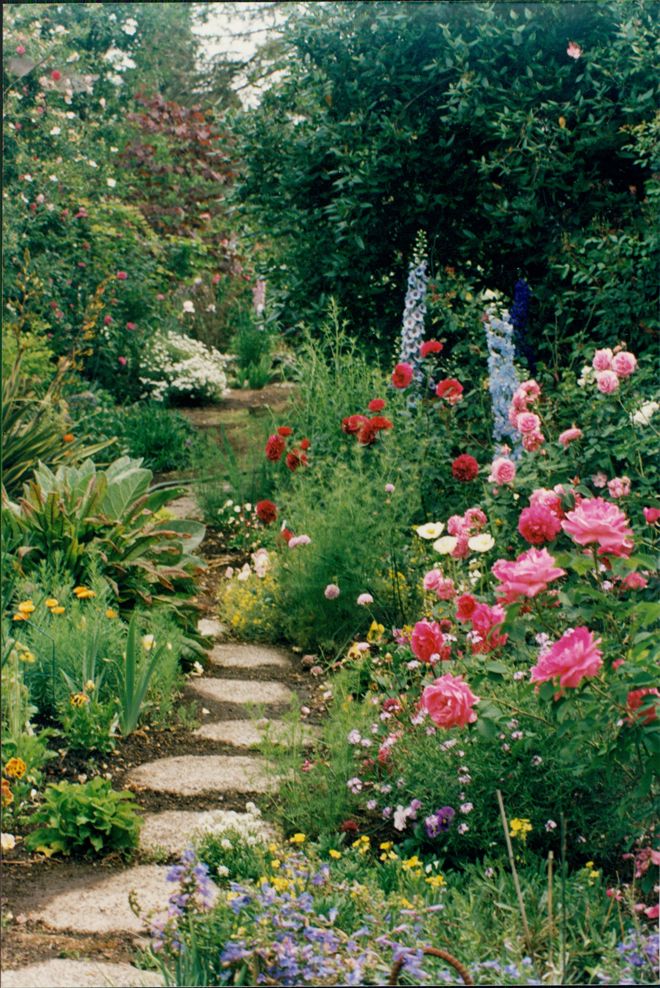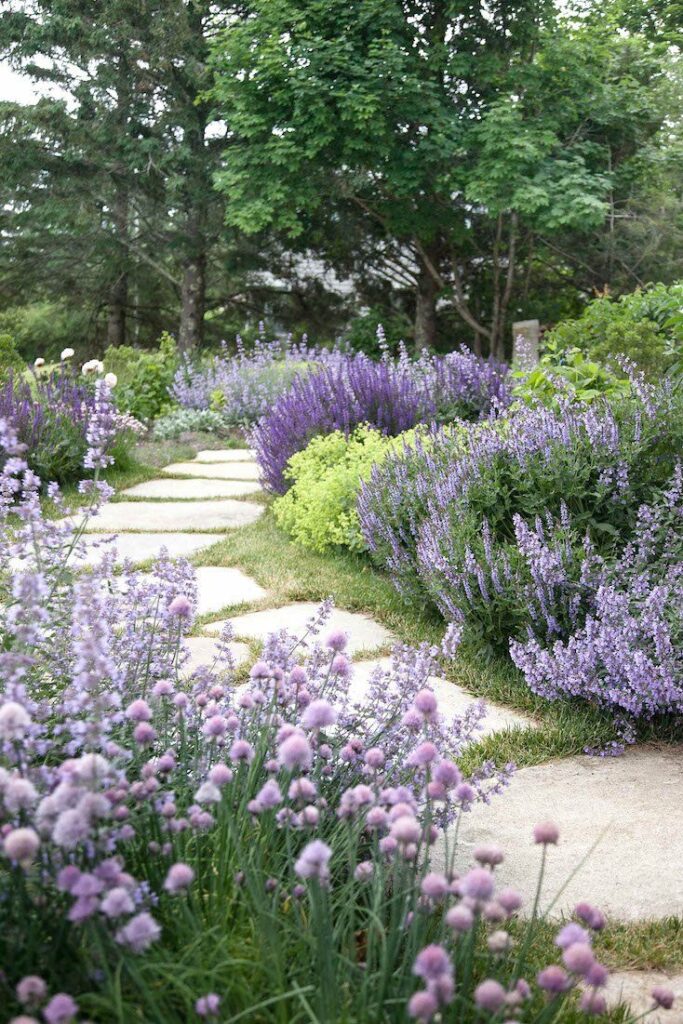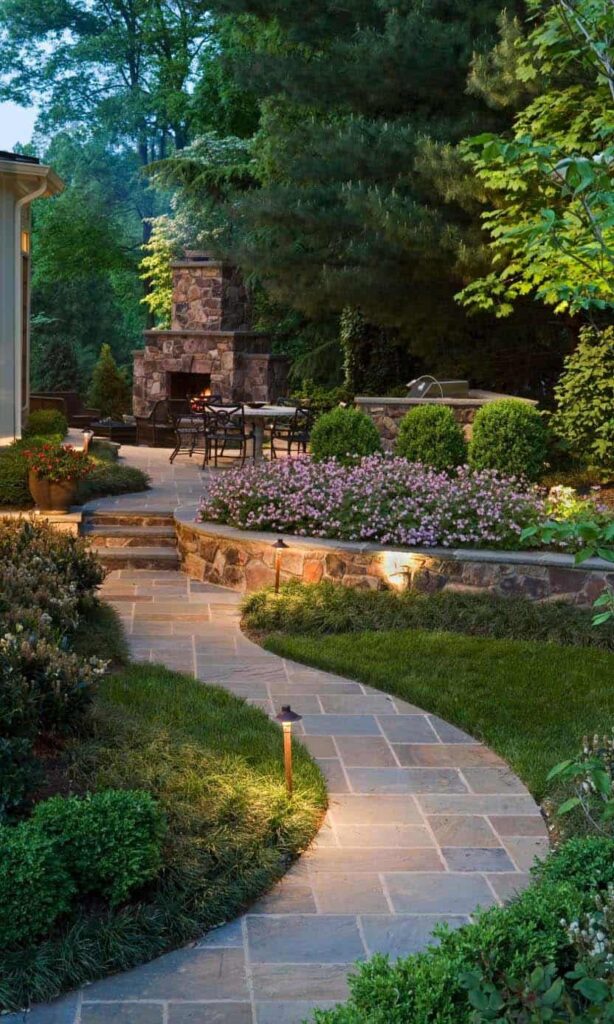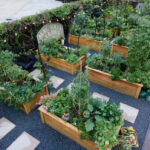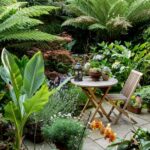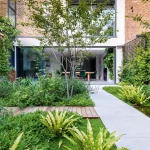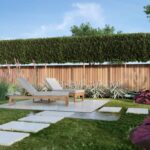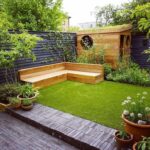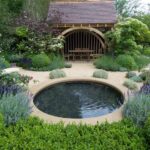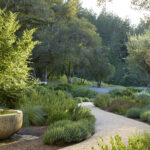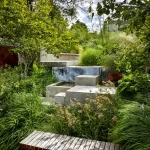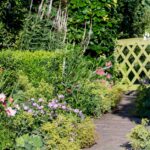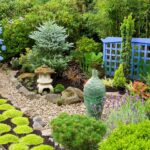A well-designed garden can add beauty and value to any property. Garden design is the process of creating a layout for outdoor living spaces that is both functional and aesthetically pleasing. There are several key factors to consider when designing a garden, including the size and shape of the space, the climate and soil conditions, and the preferences and needs of the homeowner.
One important aspect of garden design is creating a sense of balance and harmony in the space. This can be achieved by carefully selecting and arranging plants, flowers, and other elements to create a cohesive and visually appealing environment. Creating a focal point, such as a fountain or statue, can help to draw the eye and create a sense of unity in the garden.
Another key consideration in garden design is the use of color and texture. By carefully selecting plants with a variety of colors and textures, a designer can create a visually interesting and dynamic landscape. Choosing plants that bloom at different times of the year can also help to ensure that the garden remains vibrant and attractive throughout the seasons.
In addition to plant selection, garden design also involves the layout and arrangement of hardscaping elements such as paths, patios, and other structures. These elements can help to define the layout of the garden and create functional spaces for entertaining, relaxing, or gardening. Careful consideration should be given to the placement of these elements to ensure that they complement the overall design of the garden.
Water features such as ponds, fountains, and streams can also add a touch of tranquility and beauty to a garden design. These features not only provide visual interest but also create a soothing and relaxing atmosphere for homeowners to enjoy. Proper placement and maintenance of water features are essential to ensure their longevity and functionality in the garden.
Overall, garden design is a creative and rewarding process that can transform an outdoor space into a beautiful and inviting oasis. By carefully considering factors such as plant selection, color and texture, layout, and water features, a designer can create a garden that is both functional and aesthetically pleasing. Whether you are an experienced gardener or a novice, working with a professional designer can help to ensure that your garden is a true reflection of your personal style and vision.
